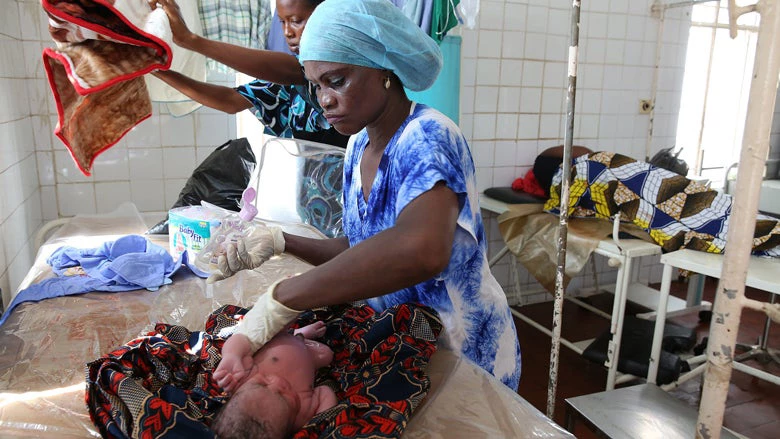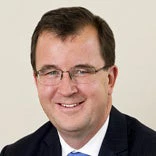
As the father of four children, I know how important access to good, quality health care is. All parents aspire to be able to provide the same for their children. That’s why we at the World Bank Group are working with our partners around the globe to make universal health coverage a reality for all.
Uniting finance and development has been a lifelong passion of mine. Earlier in my career, I supported then French President Jacques Chirac with the development of an international airline ticket solidarity tax to provide global public goods for the poor. This kind of innovative thinking eventually led to the creation of UNITAID which works to prevent, treat, and diagnose HIV/AIDS, tuberculosis, and malaria more quickly, cheaply and effectively. Other innovative financing mechanisms include the International Finance Facility for Immunization and the Global Vaccine Initiative.
Today, universal health coverage means that citizens get the health care they need without suffering severe financial hardship – a concept central to reaching our World Bank Group twin goals of ending extreme poverty by 2030 and boosting shared prosperity. Still, 400 million people lack access to essential health services. In developing countries, 6% of people are impoverished, or further impoverished, paying for the health care they need for themselves and their families.
Access to quality health care and financial protection from catastrophic medical expenses is critical to help the poor move up the economic ladder.
Thailand offers a good example: The Thai Network of Rural Doctors increased the number of doctors and nurses serving its rural population while raising basic salaries and introducing incentives to attract and retain health workers. Consequently, Thailand has seen a significant decline in catastrophic health expenditures. In fact, in the poorest rural northeast region of Thailand, the number of impoverished households dropped from 3.4% in 1996 to less than 1.3% in 2006-2009.
In Turkey, an economic crisis in the early 2000s prompted major health reforms that put the country squarely on the path to universal health coverage. Today, more than 95% of the Turkish population is covered by formal health insurance. Infant mortality rates have declined from 28.5 per 1,000 live births in 2003 to 10.1 per 1,000 live births in 2010, and the maternal mortality ratio fell from 61 deaths per 100,000 live births in 2000 to 16.4 death per 100,000 live births in 2010.
Worldwide, the health sector has grown at a fast pace, accounting for about 10% of global GDP as well as a major source of employment even during the recent global recession.
Yet this growth has not always been equitable or efficient. Investment has been concentrated in urban areas and among higher-income groups. If we don’t take action to counter this trend, we risk a widening disparity in access and health outcomes between low- and high-income countries, and between the poor and the rich.
By shifting investments toward the achievement of universal health coverage, we could close these gaps. We could end preventable maternal and child deaths by 2030 and save roughly 10 million lives a year, while simultaneously increasing human productivity and employment, and boosting economic growth.
We have the technology and resources to help all countries achieve universally low rates of infections and maternal and child deaths. But we need leadership and political commitment globally, regionally and nationally to translate these potential benefits into actual investments and programs on the ground.
That’s why the World Bank Group and its partners are supporting the Global Financing Facility in support of Every Woman Every Child. This country-driven partnership brings together stakeholders in maternal, newborn, child and adolescent health, to provide smart, scaled and sustainable financing to accelerate efforts to end preventable deaths by 2030.
Last week, I was in Oslo for the United Nations-sponsored event, “Building the Path to Universal Health Coverage: Innovative Financing in Access to Medicines.” The magnitude of the financing challenge should not be underestimated. For the 63 countries with the highest burdens of maternal and child mortality, there is an estimated $33 billion shortfall in financing this year. Mobilizing more domestic and international resources from both the public and private sectors is critical to close this gap.
Countries must also invest in other sectors beyond health to provide the essential foundations for a resilient society. For example, putting money in the hands of poor mothers through conditional cash transfers can improve child and maternal health.
We know what works and have enormous evidence that investing in health pays off.
Ensuring equal opportunities for the healthy development of every man, woman and child, everywhere, should be a cornerstone of the global community’s work to end poverty within a generation.
This post first appeared on LinkedIn.


Join the Conversation